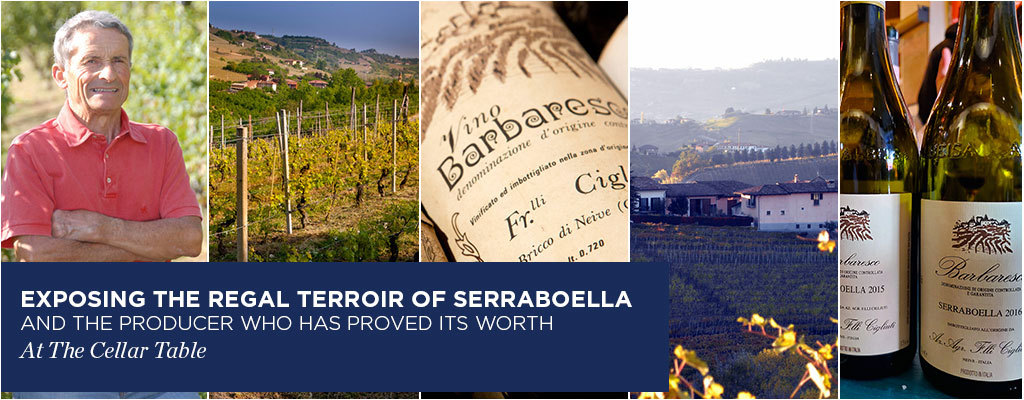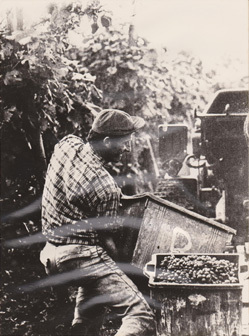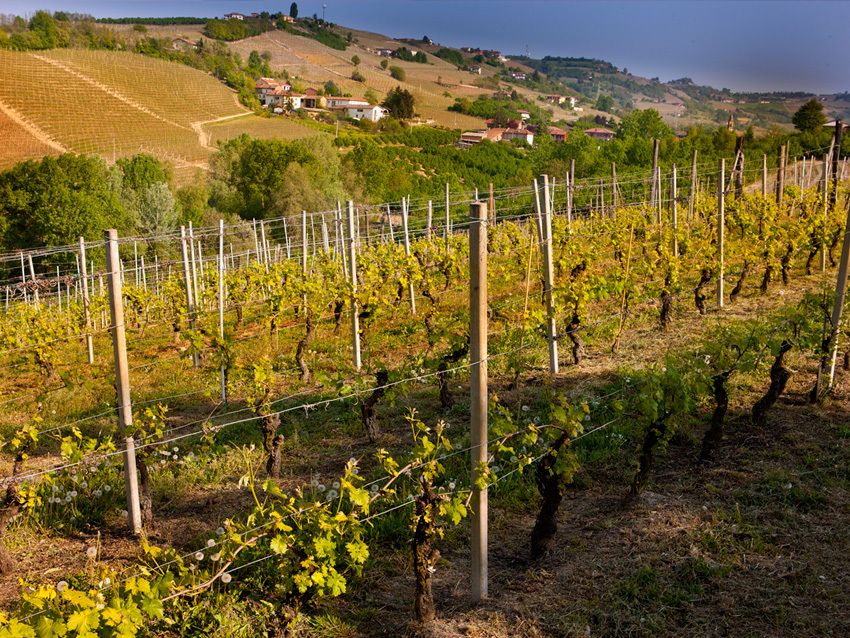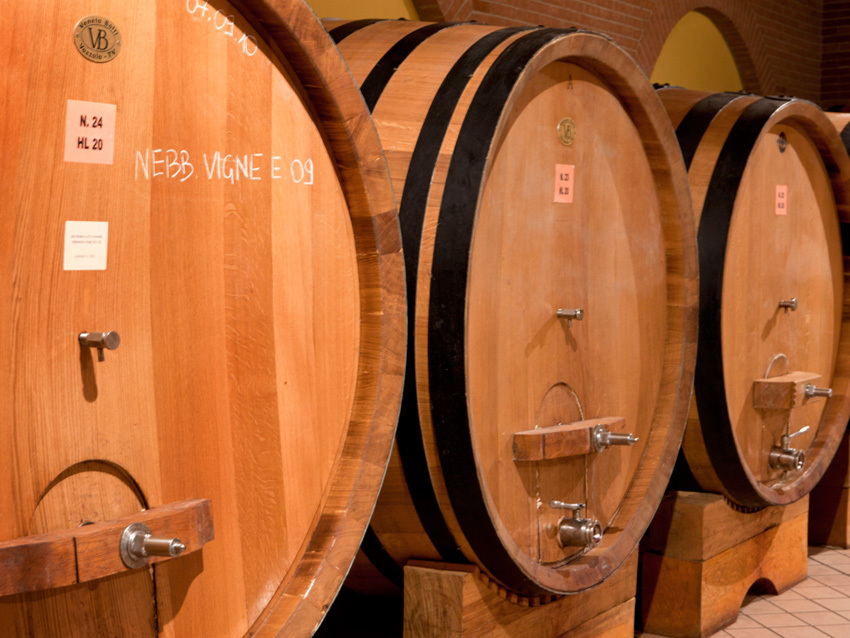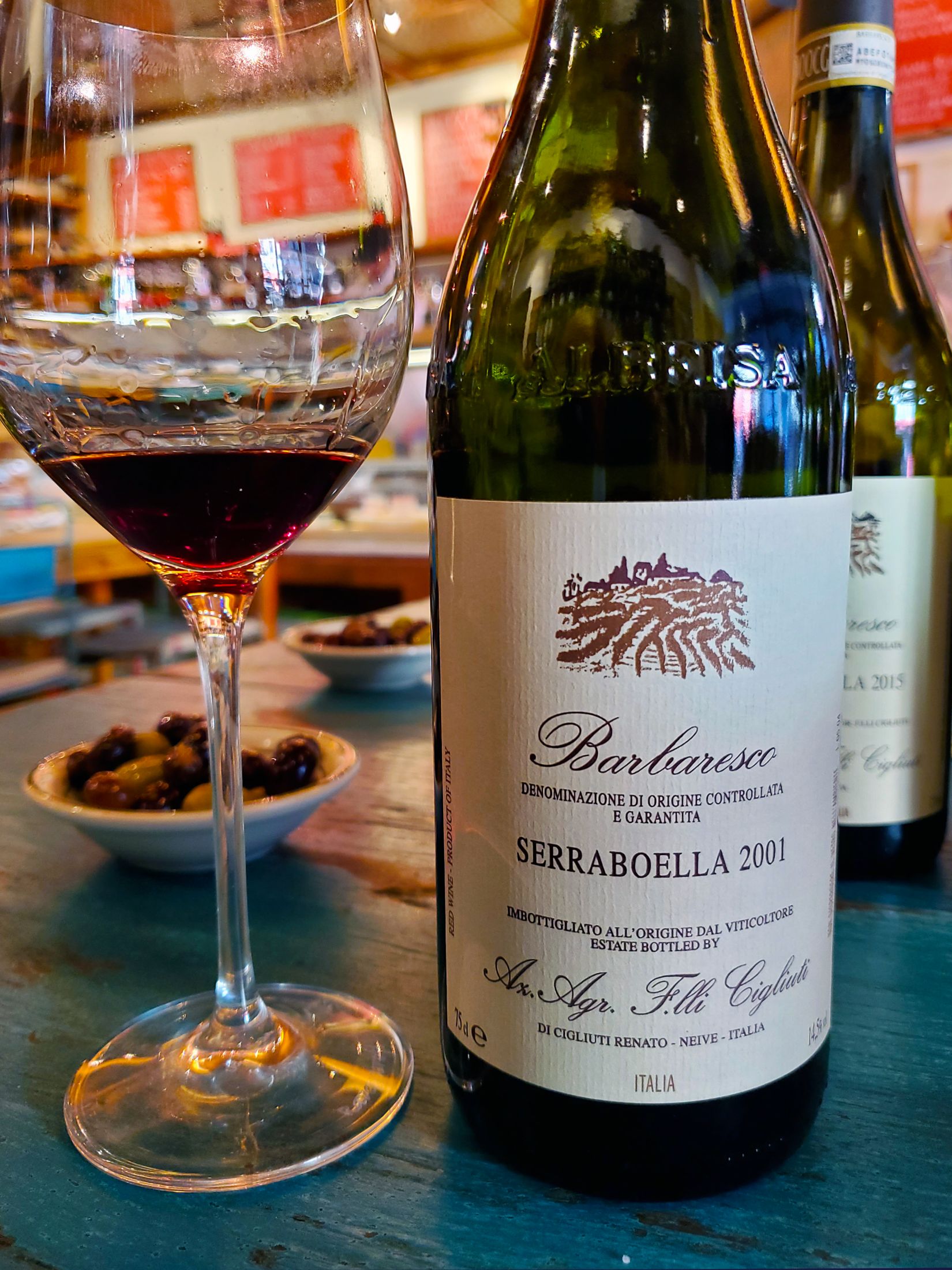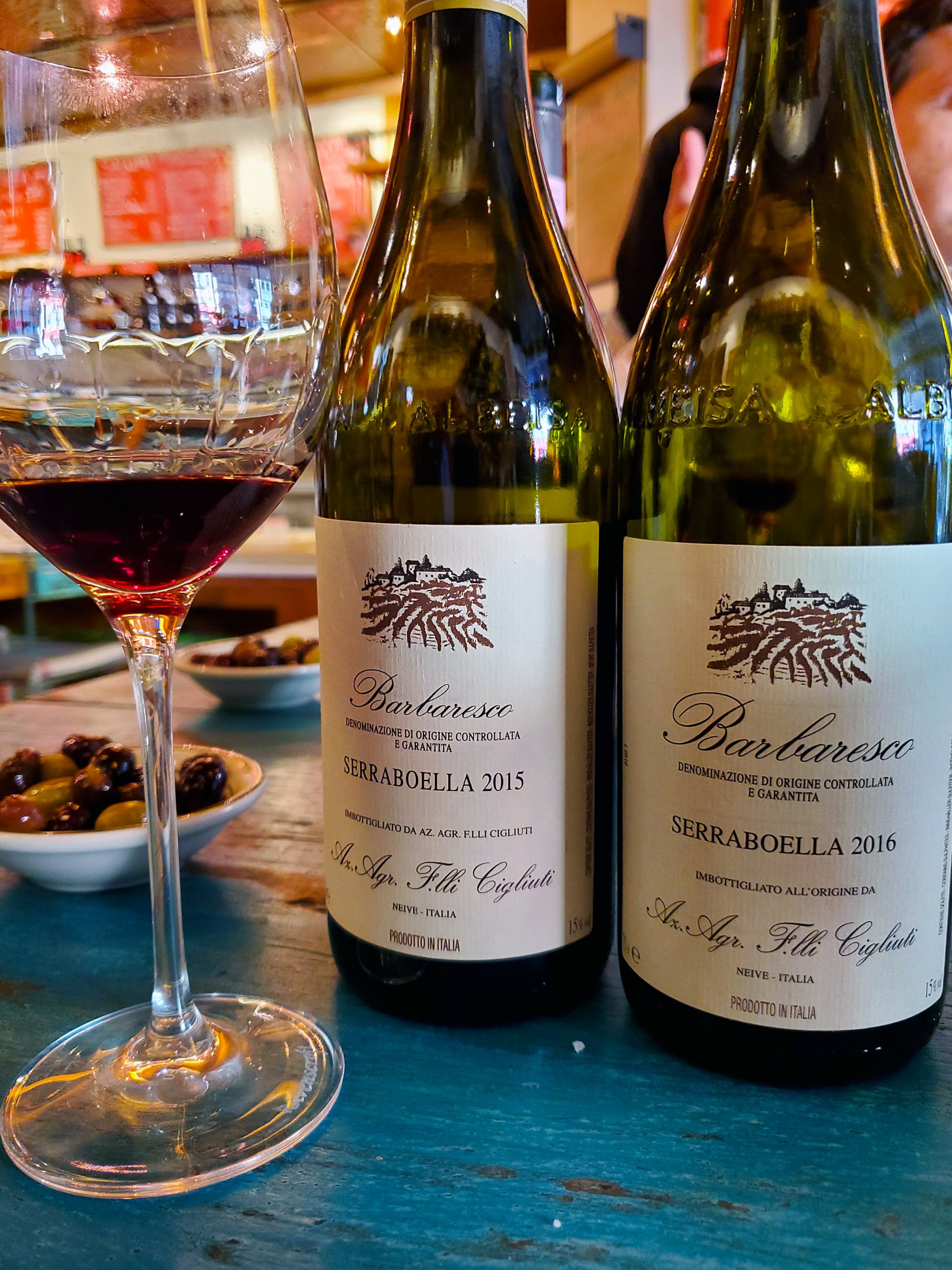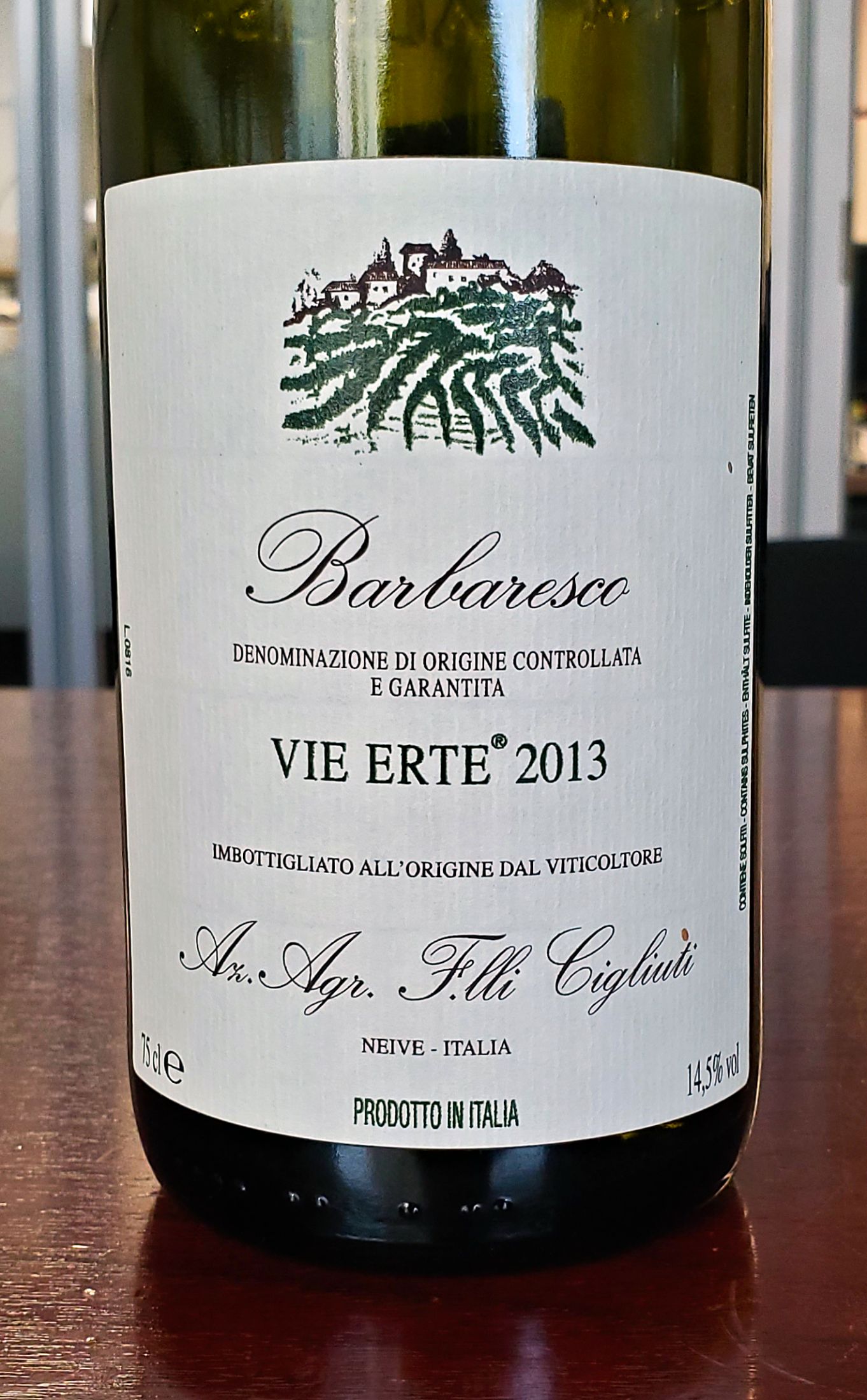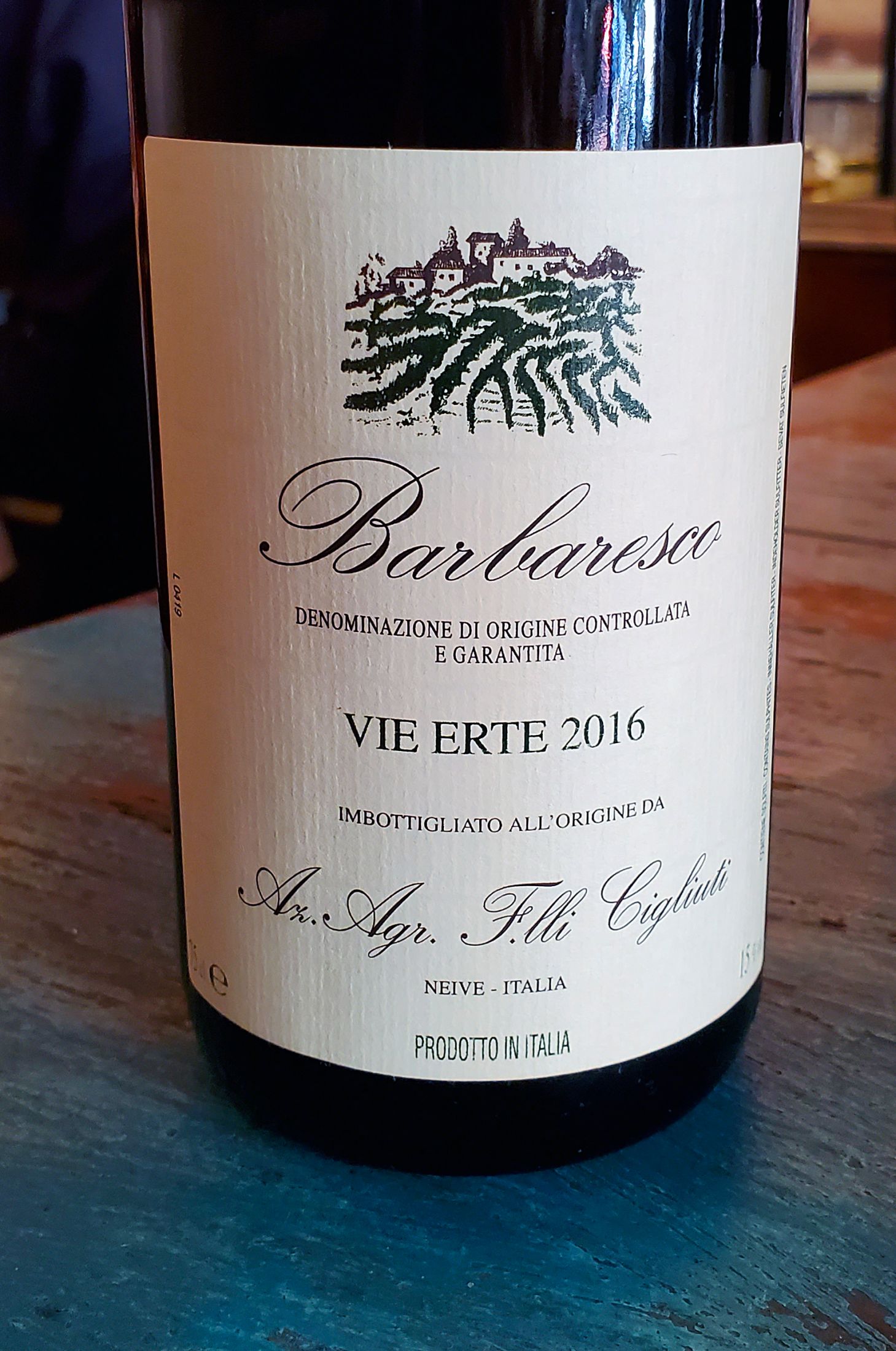Exposing The Regal Terroir of Serraboella
In the world of wine, there are producers who can boast of having created a style, some on purpose and others through luck or by accident. There are others that can lay claim to having put their region on the map, which is often a case of either a generational shift in the winery or the discovery and promotion of the region by a personality in the wine business. Then there are those who changed the way we looked upon an entire region, which brings modern-day Spain to mind, as visionaries are rethinking everything traditional producers thought they knew. However, what we seldom hear of today is a producer within one of the world’s most highly regarded, delineated, and researched wine-producing Don’t believe me? Then simply grab any book on the topic of Barbaresco and its vineyards. What you will find, in almost every case, is a reference to the greatest vineyards of Barbaresco, and somewhere closely after, an honorable mention to Serraboella, and how its abilities have been proven over the course of decades by producers who worked the vines. The producer they’re talking about is Cigliuti, one of the few to have consistently made a Serraboella Barbaresco over the last fifty years, and the only one to emblazon the name of the vineyard across their label. A great example is one of the most respected works on the region, A Wine Atlas of the Langhe, published by Slow Food, which called Serraboella, “The most famous and important vineyard in the eastern part of the municipality of Neive...thanks to the progress made at the initiative of Renato Cigliuti.” 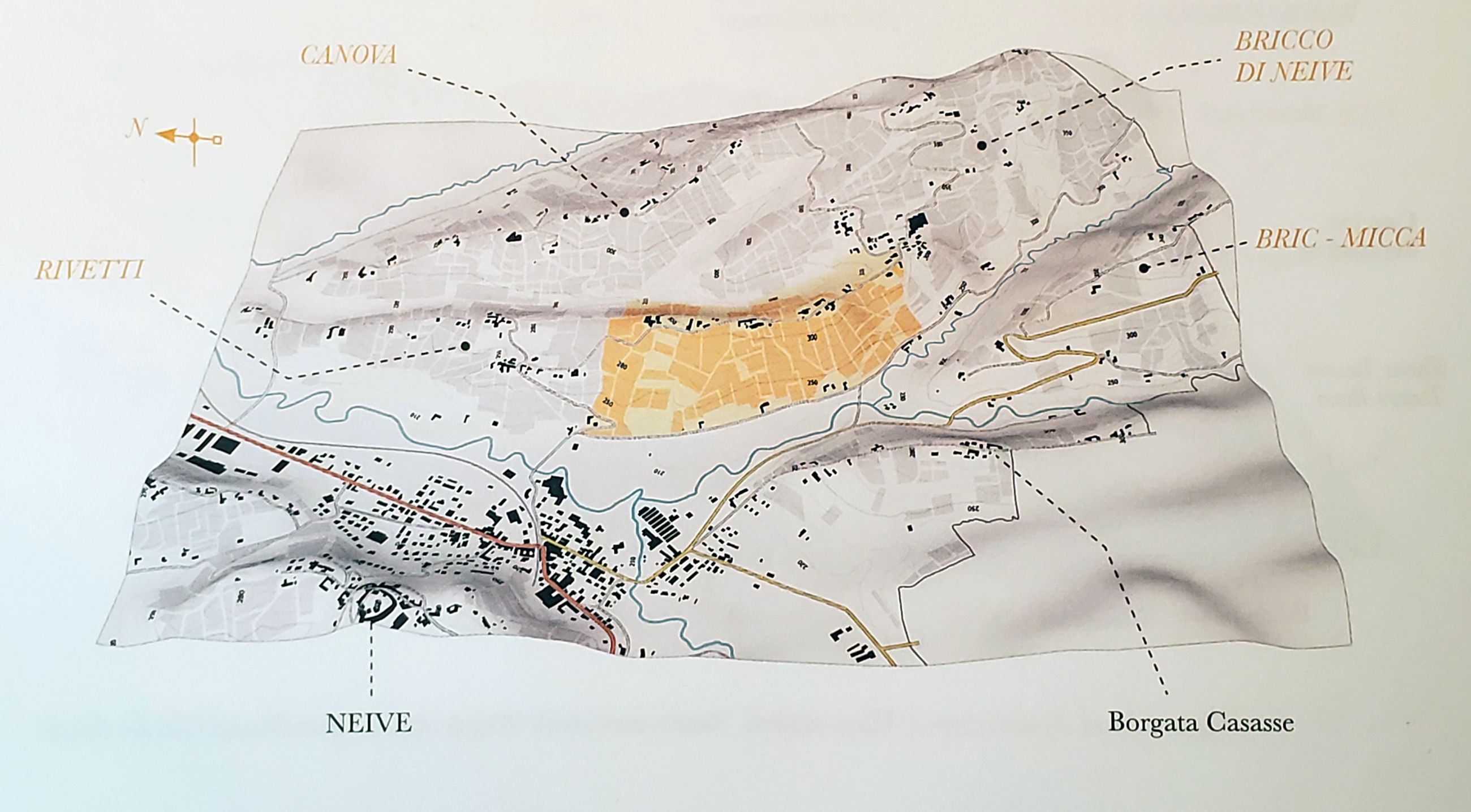
Granted, a number of other producers were making wine here with a few well-knowns, who have recently found parcels to work, but Renato was among the first. In fact, for five generations, this family has been working in Serraboella, first as farmers who sold to the local co-op, and then as producers and bottlers of Barbaresco when Renato stepped up to lead the family winery. Then, in 1978, he began to label his wine Barbaresco Serraboella. However, Renato never had a vision of being a world-renowned winemaker, or of growing his winery into a large business. For him, it was about the land, the grapes and his family. It’s because of this that he became one of the first in the region to go organic, especially since their home and winery were located within the vineyard. But it’s also because of this that he chose not to continue buying up parcels of land, as many other producers did. With the exception of parcels in the neighboring Bricco di Neive vineyard, Serraboella defines Cigliuti just as much as Cigliuti defines Serraboella; and even to this day, production amounts to a tiny 2500 cases. Defining SerraboellaWhich leads us to why most Barbaresco collectors haven’t heard of Serraboella, or understand its importance. For one thing, it’s the small production of its greatest producer. Another is that of all of the other producers in Serraboella, Paitin di Pasquero is without a doubt the most well-known, and the Barbaresco they make, which is labeled Serraboella, is marketed as something of an “entry-level” wine (versus the top-level Sori Paitin, also from Serraboella, yet most collectors don’t even realize this). Then there’s the vineyard itself, which crests over a ridge, creating two very different terroir from one named MGA. While the west-to-southwest exposition, which faces the town of Neive, can produce great Nebbiolo for Barbaresco, the opposite slope, facing east to northeast, is better suited to Dolcetto and Moscato. That said, the parcels of Cigliuti sit in the “sweet spot” of the vineyard, facing southwest, running down from the high-elevation crest (starting at 350 meters) of the hill, and are planted in a rare combination of both Serravalliano and Tortoniano soils. The result is the ability to produce Barbaresco with tremendous aromatic complexity, plus the depth and tannic grip of many of the best wines from Barolo. Having tasted the 1999 and 2001 together was a perfect example of this for me, as both could have tricked nearly anyone into thinking they had a Barolo in front of them if tasting blind. Then There’s Vie ErteI would be remiss to leave out the Barbaresco Vie Erte, from Renato’s parcels in Bricco di Neive, a vineyard that runs from the southernmost part of Serraboella, with lighter soils, higher elevations, and yet again associated more with Dolcetto and Moscato than with Nebbiolo. Yet, in the hands of Renato, we’re treated to his interpretation of an early-drinking Barbaresco. The fact is, it’s a gorgeous bottle of wine, which gives us a glimpse of the producer’s style, at a lower price point, and without needing to wait 15-20 years for the wine to mature. That said, Vie Erte is easily a joy at the 5-10 year mark as well, and likely further if given the opportunity. Today’s Cigliuti
I dislike how often the term “under-the-radar” is used in my line of work, yet this is exactly what Cigliuti is. Passionate farmers and lovers of the Langhe, its wine, food and people, who also happen to make some of the best Barbaresco.
On to the Tasting NotesSerraboella
Cigliuti Barbaresco Serraboella 2001 - The nose showed dried cherries with spiced citrus tones, roses, dusty earth, undergrowth, and a hint of animal musk. On the palate, I found soft, enveloping textures giving way to fleshy cherry, as brisk acids battled fine tannins, with cascading minerality and inner floral tones. The finish was long and structured, resonating on a mix of fine-grained tannins, minerals, and dried cherries. This is only a few years away from a beautiful drinking window. Classic, classic, classic. (95 points) Cigliuti Barbaresco Serraboella 2014 - The nose was gorgeous and lifted, showing crushed limestone and dusty earth, giving way to dried roses, cherry, strawberry, and cedar. The palate showed silky textures offset by vibrant acids, salty-saline minerals, bright strawberry, sweet herbs, and florals with hulking tannin beneath its rich depths. The finish was long and textural, yet also showing saturating tannins over lingering dried red fruits and savory herbs. (93 points) Cigliuti Barbaresco Serraboella 2015 - The nose on the ‘15 Serraboella was spicy, showing ripe cherry, backed by fresh red florals, dusty earth tones, and hints of animal musk, in a sweet yet remarkably fresh expression. On the palate, soft textures enveloped the senses, as dark ripe cherry was made vibrant through brisk acids, ushering in sweet spices and hints of cedar as fine tannins slowly mounted. The finish was long with a complex web of tannin drying the wine’s ripe cherry and spice, yet the fruit never stopped holding on. What a thrilling wine for a warm vintage, and it is showing the balance to only get better over time. (94 points) Cigliuti Barbaresco Serraboella 2016 - The nose was gorgeous, showing sweet, crushed cherries, balanced by savory herbs and moist earth, in a dark, rich, and totally seductive bouquet. On the palate, I found depths of soft, rich, enveloping textures, contrasted by a complex mix of mineral-encased black cherry, hints of black pepper, cooling acids, and slow-mounting tannins. The finish was remarkably long, as staining red fruits settled on the senses, along with saline-minerals and fine tannins, punctuated by echoes of red inner florals. Wow. (95 points) Vie Erte - Bricco di Neive (Steeps Vineyards) Cigliuti Barbaresco Vie Erte 2013 - Here I found a beautiful mix of sweetly-spiced ripe cherries and coco, followed by dusty dried roses, hints of cedar, and crushed-stone minerality. On the palate, I found creamy textures, with juicy acids ushering in ripe red fruits and confectionery spice, a hint of balsamic, sweet herbal tones, and slow-mounting tannins--yet so enjoyable already. The finish was long, remarkably fresh, and lifted, displaying a sweet herbal tea note, hints of menthol, dried cherries and light tannins. (93 points) Cigliuti Barbaresco Vie Erte 2014 - The nose showed black cherries with dried roses, crushed-stone minerality, and fresh herbs; over time, the fruit evolved to show fresh ripe strawberries. On the palate, I found soft textures with a blend of red and black fruits, minerals, herbs, and slow-mounting tannin. It finished long, as young tannin clenched and dried the wine’s red fruits, leaving a lingering note of dried raspberry and inner floral tones. (93 points) Cigliuti Barbaresco Vie Erte 2016 - Here I found an earthy bouquet, showing crushed black cherry and dark florals, as lifting minerals and dusty soil tones evolved in the glass. On the palate, I found soft textures, as fleshy ripe cherry fruit was offset by peppery spice and saline-minerals. The finish was long, displaying tart cherry, cranberry and spice, as grippy tannins slowly saturated the senses. Cluadia has always referred to Vie Erte as being a Barbaresco that’s easier to enjoy in its youth, yet the 2016 looks to be built for the cellar. (94 points) Credits and ResourcesArticle, Tasting Notes and Bottle Photos by Eric Guido. Thank you to Fratelli Cigliuti for Vineyard and Vintage bottle photos. Thank you to Skurnik Wines for organzing the Cigliuti vertical. Thank you to Il Buco Alimentari for hosting our tasting. Map images taken from “Barbaresco MGA, The Barbaresco Great Vineyards Encyclopedia”, Alessandro Masnaghetti Editore - Enogea - www.enogea.it. All rights reserved. Find Cigliuti Barbaresco at Morrell Wine.
|

